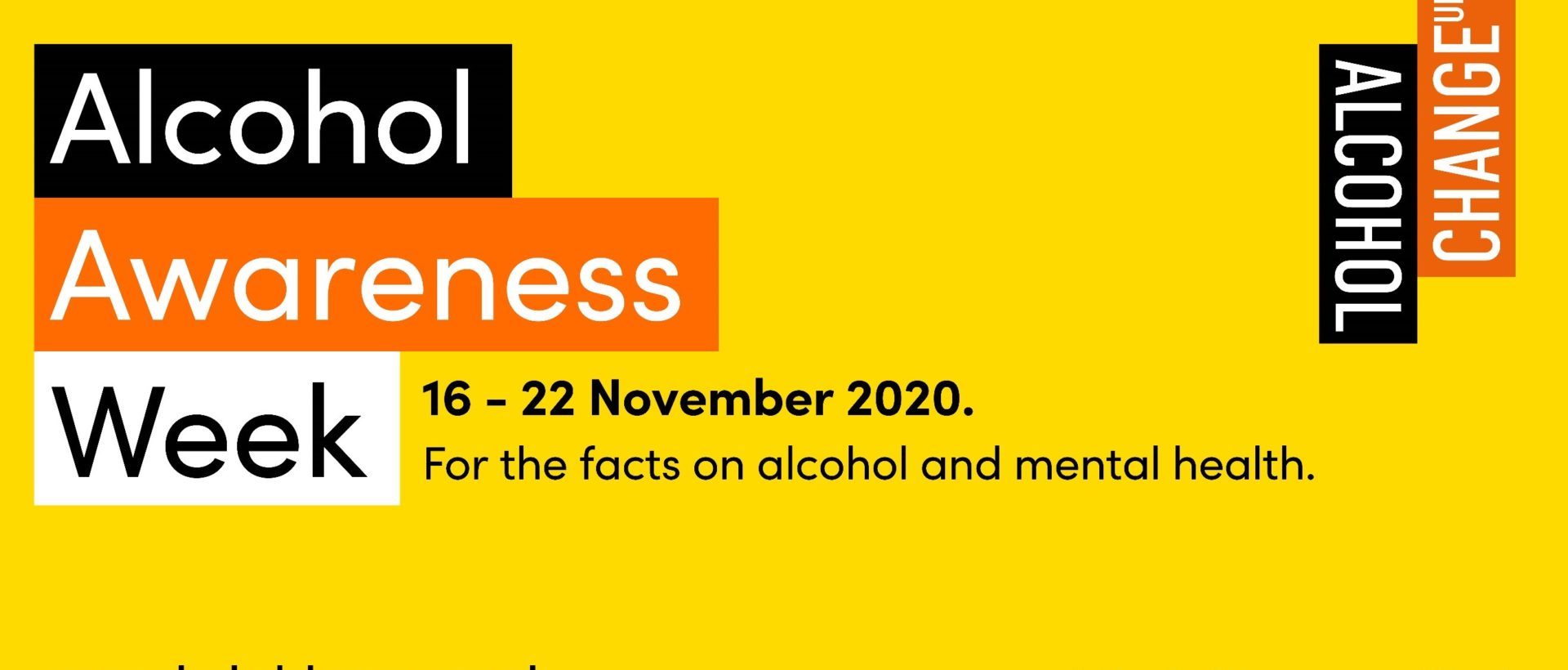According to Alcohol Change over 200,000 children in England live with alcohol dependent parents. In April 2020 they also reported that 3.5 million adults are living in households where alcohol is leading to greater tension or conflict during lockdown – with many people using alcohol out of boredom or as a coping mechanism.
This week is Alcohol Awareness Week (16-22 November), a week of raising awareness and campaigning for change. In this blog we look at alcohol dependency within the context of family law and child protection cases – what determines chronic excessive use and the testing options available to solicitors and local authorities.
What is chronic excessive alcohol use?
The Society of Hair Testing (SoHT) currently states that chronic excessive alcohol drinking corresponds to an average consumption of 60 grams of pure ethanol (alcohol) per day over several months.
In the UK, 1 unit of alcohol is defined as 8 grams or 10 millilitres of alcohol, so 60 grams of alcohol equates to 7.5 units. The amount of alcohol consumed depends on the strength of the drink. A single shot of spirits is 1 unit, a standard glass of wine (175ml) and a pint of lower strength lager is 2 units and a bottle of wine at 12% ABV is 9 units.
What test options are available for family law cases?
At Lextox, we use hair, blood and SCRAM in the assessment of alcohol use.
When it comes to hair testing, the SoHT recommends that Ethyl Palmitate (EtPa) and Ethyl Glucuronide (EtG) analysis should be used for the assessment of chronic excessive alcohol consumption and that this is done in either a 0-3 cm or a 0-6 cm section, covering approximately the past 3 or 6 months respectively.
In relation to blood testing, we offer Liver Function (LF), Carbohydrate Deficient Transferrin (CDT) and Phosphatidylethanol (PEth) blood testing in the assessment of short term excessive alcohol use.
A liver function test is a snap shot in time of the liver function and damage, whereas a CDT test can highlight excessive alcohol consumption over the past 2-4 weeks. PEth blood testing is useful in detecting prolonged or heavy ‘binge’ drinking, when tested for regularly. Typically, the detection period for PEth is 4 weeks.
No single test is able to provide a definitive assessment of alcohol use, we therefore recommend that they are not used in isolation. Blood alcohol analysis should form part of the evidential picture when trying to assess an individual’s chronic alcohol use and it is recommended they are used in conjunction with other evidence, such as hair alcohol marker testing.
In addition to hair and blood testing, SCRAM Continuous Alcohol Testing is another test option. Subsequent to a bracelet being fitted, SCRAM allows for 24/7 alcohol testing, profiling a day by day pattern of alcohol use. More information on our SCRAM services can be found on our website.
More information on Alcohol Awareness Week can be found here, along with online resources that raise awareness of alcohol misuse and its link to mental health.
For more information on hair, blood and SCRAM alcohol testing for family law cases, contact our dedicated client services team via email [email protected] or call 029 2048 4141.
Published 18/11/20 – All information correct at time of publication





